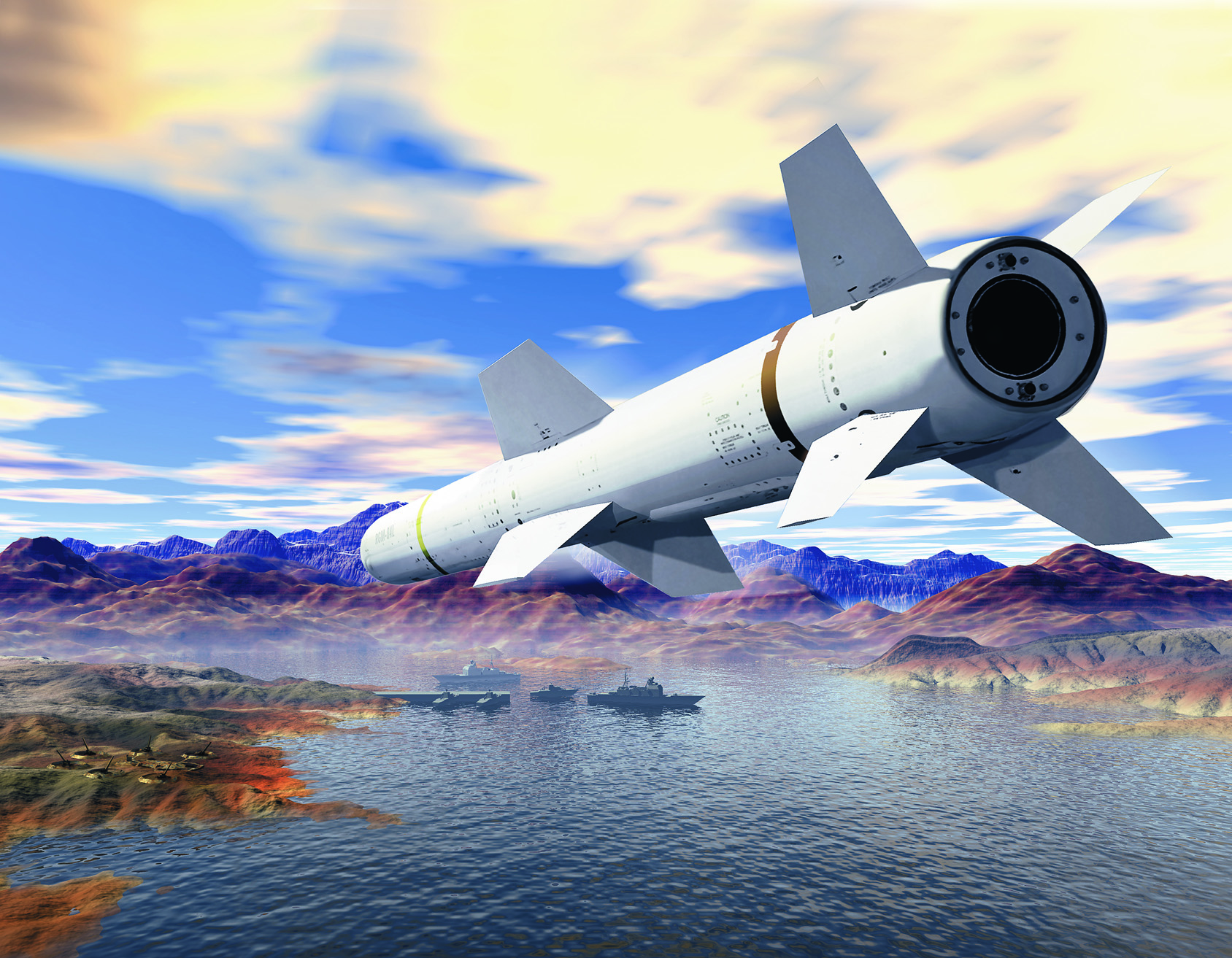
Hoping to build off of the Navy’s extensive inventory of existing anti-surface missiles, Boeing plans to compete a modified version of the Harpoon RGM-84 anti-ship missile (ASM) for the over the horizon ASM capability for the Littoral Combat Ship and the modified LCS Frigate program, the company announced on Tuesday during the Navy League’s Sea-Air-Space Exposition 2015.
Boeing’s bid would add a new warhead and a reconstituted engine for a range of more than 130 nautical miles — up from the about 70 nautical mile range of the current Block II weapons — in a Harpoon Next Generation scheme that would create new missiles and offer kits to upgrade the existing inventory.
The company is focusing on the upcoming LCS over-the-horizon ASM and the existing fleet of Harpoon users as a cost effective option for the Navy. Boeing did not release pricing information.
The modified Harpoon will not be Boeing’s offering for the separate Next Generation Strike program which recently paired the Navy’s Offensive Anti-Surface Warfare (OASuW) Increment II and Next Generation Land Attack Weapon into a single program, USNI News understands.
The service has mounted a renewed interest in anti-surface weapons for the surface fleet after almost two decades of focus on land strike and ballistic missile defense (BMD).
The Next Generation Strike program will follow Raytheon’s Tomahawk Land Attack Missile (TLAM) and Lockheed Martin’s Long Range Anti-Ship Missile (LRASM) — currently under development.
The LCS missile will eventually be included as part of the modular Surface Warfare (SuW) package and be native to the modified LCS frigate class, according to the most recent information for the Navy.
Last week, Raytheon and Kongsberg announced they would team to offer the Norwegian Naval Strike Missile for LCS.





